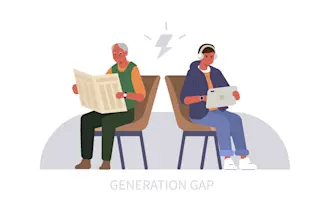While the meteoric rise of digital currencies like Bitcoin and Dogecoin have been extensively documented in the news, the highly technical mechanisms behind them can appear opaque. Even U.S. lawmakers preferred to speak on broad terms with crypto experts during consecutive House and Senate hearings in December.
“What would you say to the folks that say, ‘This doesn’t seem like a new financial system per se, but really an extension, or perhaps expansion, of our present one?’” Rep. Alexandria Ocasio-Cortez asked the panel during the December 8 House hearing.
“What I believe we’re seeing is a new open infrastructure layer of the internet: a missing layer of the internet that is designed around value exchange and economic coordination and is rooted in immutable data,” responded Circle CEO Jeremy Allaire.
As it turns out, you don’t need to accumulate an encyclopedic knowledge of blockchain programming to meaningfully understand cryptocurrency. A fascinating ...















